Aris Sklavenitis: “Retsina is the treasure of Attica’s Vineyard”

Interview with sommelier, wine bar owner and best Greek Sommelier for 2016–2019, Mr. Aris Sklavenitis:

“Retsina is the treasure of Attica’s Vineyard”
1. Mr. Sklavenitis, as a researcher of the secrets of good wine, tell us a bit about Attica’s Vineyard and its protagonist, the Savatiano variety.
Attica’s Vineyard has great history in viniculture! Even though it is an unappreciated vineyard, due to the addition of resin to many wines in the past in order to hide their defects, it produces excellent wines from Savatiano and other varieties. Savatiano is a variety with great potential and aging dynamics.
2. You have tasted so many different kinds of wine. If Attica was a wine, what would it taste like?
Having tasted a great number of wines, I can assure you that Attica is no less competent than other wine-making regions. I am a lover of good quality Retsina, therefore for me it is a pleasant taste in my mouth.
3. How do you explain the fact that despite the current gastronomic trends in the country, wine bars are not only still alive, but they also get on really well? What is the level of wine bars in Attica, in your opinion?
Wine bars are those that during the period of economic crisis kept wine in the spotlight. With the average Greek not being able to enjoy wine in a restaurant, wine bars attracted consumers, teaching them how to drink wine. Obviously, Athens being Greece’s capital city, hosts the largest number and highest-quality wine bars in our country.
4. How has the wine industry developed in recent years?
Wine bars, wine schools, events and wine exhibitions have made wine extrovert and have brought people closer to it, over the last few years. Moreover, exports are nowadays a basic feature of every winery. Certainly, sommeliers are a vital element in this equation; the wine ambassadors whose goal is to educate people and teach them how to drink and enjoy wine.
5. To what extent have the wineries’ distinctions and awards raised the level of Greek wine-making?
Usually, the distinctions and awards don’t have great importance in the eyes of the experts. However, they are very important for the consumers, in the sense that they serve as a guide when there is no sommelier around to advise them.
6. How important is the role of activities/events such as wine exhibitions and winery tours in the extroversion of Attica wine and how much do they contribute to the development of wine tourism in the region? What is the feedback you get from such events?
Attica’s vineyard has become more extrovert in recent years, hosting a number of events for the public. The feedback I get is that a great part of the audience has realised Attica’s wines are of high quality and have nothing to do with the poor quality wines of the past. Obviously, with the wineries being only 30–45 minutes away from the center of Athens, the development of wine tourism is more than certain.
7. What do you think is the future of Attica wine?
Without a doubt, investing in the indigenous variety, the Savatiano. Attica’s wine industry should believe in it, help it spread, experiment with it and unite for the common good.
8. If you were asked to create a mini wine pairing guide featuring wines from Attica’s Vineyard, what would it include?
Retsina is the answer to your question. This is the key and the treasure of Attica’s vineyard, the ugly duckling which hopefully will become a beautiful swan soon. What’s better than a bottle of fine quality retsina, served with meze dishes with intense flavours, such as skordalia (garlic dip), salted fish, tarama dip and small fried fish? It is the best company for a summer meal.
9. Why should visitors come to Attica to drink wine? What would you recommend they take with them when they leave?
Attica’s vineyard is only 30–45 minutes away from the center of the city, a stone’s throw away from Athens international airport! Being easily accessible, it is ideal for a day-trip accompanied by a guided tour. It hosts a great number of wineries, which give you the opportunity to taste high quality wines and visit their facilities.
Photo: Vangelis Zavos




